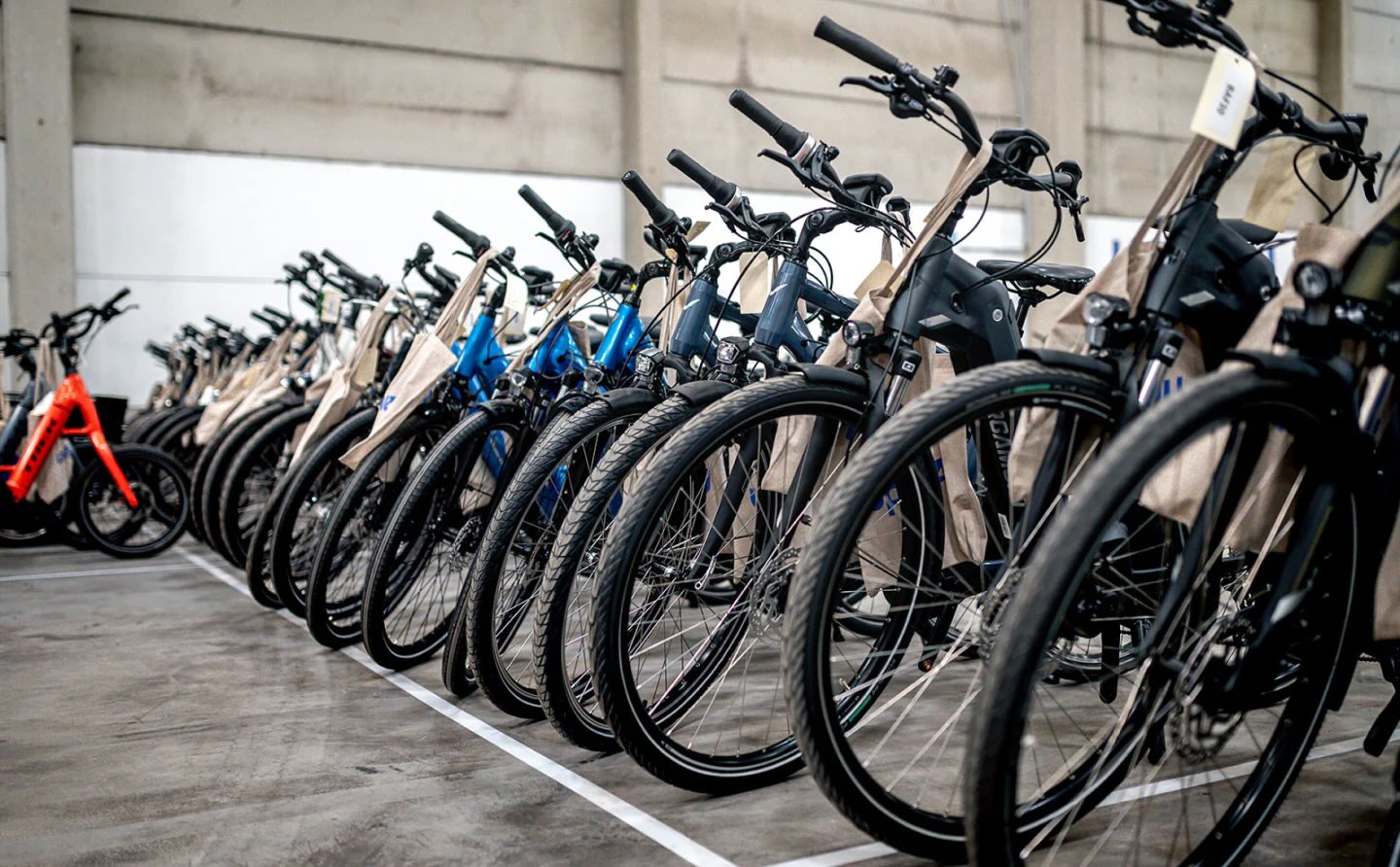Farmers scramble to recover as post-fire conditions trigger economic collapse: ‘We’d likel
April 6, 2025
Extreme weather events are changing the face of the budding legal cannabis industry. Wildfire smoke, as reported by Cannabis Business Times, presents cannabis farmers’ latest crisis.
What’s happening?
Plants don’t need to burn to be ruined.
Take East Fork Cultivars. Mason Walker, the company’s CEO, said that wildfire smoke nearly killed his business. His plants saw little daylight and died from smoke exposure, slashing East Fork Cultivars’ crop by 30%.
It was the COVID-19 pandemic, during which cannabis sales boomed, that pulled East Fork Cultivars out of the gutter. “If it weren’t for the COVID surge, we’d likely go out of business,” Walker told Cannabis Business Times.
This is shaping up to be an ongoing trend in the industry. A 2023 University of California, Berkeley, study estimated that wildfire smoke led to potential economic losses of $1.44 billion in 2020 and $970 million in 2021 for the cannabis industry.
Study co-author Christopher Dillis told Cannabis Business Times, “It’s less about farms being hurt by the fires themselves than by the plumes of smoke that can travel for miles.”
Rising global temperatures worsen extreme weather events. Forest fires, for example, are releasing more carbon than ever before, which could be even more damaging to cannabis plants.
Why is this threat to cannabis farmers concerning?
The cannabis industry benefits local economies. The industry has created around 93,000 jobs in the U.S., with consumers dishing out $30 billion toward legal marijuana in 2022 alone.
If the planet continues to overheat, however, those economic benefits will dwindle. Jobs will be lost. Local economies could sink. Cannabis farmers will be put out of business.
Though cannabis is uniquely susceptible to extreme weather, other crops are not immune. In Australia, ex-Cyclone Alfred destroyed fruit and vegetable crops, causing an estimated $760 million in damages. And in Nepal, prolonged droughts have caused crop failure and soil damage.
TCD Picks » Upway Spotlight
💡Upway makes it easy to find discounts of up to 60% on premium e-bike brands
Cannabis, fruits, veggies, and spices could all become more expensive if the problem persists.
What’s being done to help cannabis farmers?
In truth, not much, at least at the policy level. While people are waking up to hemp’s many benefits, strict regulations (and stigma) keep cannabis farmers on a tight leash.
Walker told Cannabis Business Times, “Because it’s such a highly regulated crop, we can’t just move to lease a piece of land … away from drought conditions.” Cannabis farmers also can’t apply for government loans or assistance through the Farm Service Agency.
Because of this, business owners have to get crafty. Walker, for instance, conducted his own research to find out the durability of different cannabis varietals. Still, his business would fare better without an onslaught of extreme weather to contend with.
If you want to do your part, tackle the issue’s roots. Driving efficiently and exploring public transit are both viable options for limiting your pollution output and slowing the planet’s warming.
Join our free newsletter for easy tips to save more and waste less, and don’t miss this cool list of easy ways to help yourself while helping the planet.
Search
RECENT PRESS RELEASES
Related Post
















